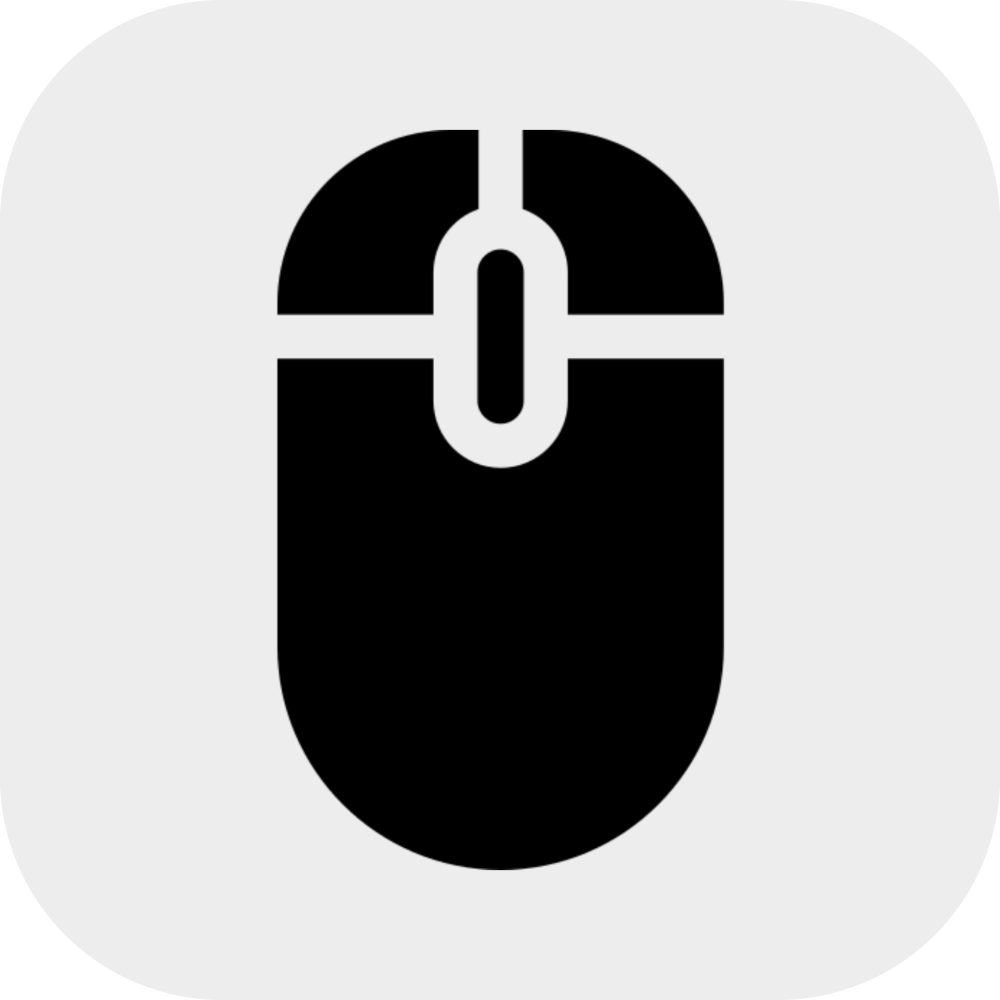Navigating the world of Portuguese banking can be confusing, especially with the various codes and acronyms used. This guide aims to demystify the differences between NIB, IBAN, and BIC/SWIFT, providing clarity for individuals and businesses operating in Portugal.
NIB and IBAN: Key Distinctions
NIB (Número de Identificação Bancária), the Portuguese term for Basic Bank Account Number (BBAN), is a 21-digit code used to identify bank accounts within Portugal. It consists of four parts:
- First 4 digits: Bank code assigned by the Bank of Portugal.
- Next 4 digits: Branch code where the account is held. Many banks have stopped using branch codes, resulting in four zeros.
- Following 11 digits: Account number.
- Final 2 digits: Security control digits.
IBAN (International Bank Account Number), introduced in 2016, replaces NIB for most banking transactions. It standardizes account identification across the European Union, including Portugal.
What Makes IBAN Different?
The IBAN incorporates the country code and the BBAN, ensuring consistency and facilitating seamless cross-border payments. In Portugal, the IBAN has 25 characters:
- First 2 characters: Country code (PT for Portugal).
- Next 2 digits: Control digits.
- Final 21 digits: NIB.
The IBAN’s Impact:
The introduction of the IBAN transformed the European payments landscape. Now, transferring funds to a Portuguese account from another European country within the SEPA (Single Euro Payments Area) is as cost-effective as a domestic transfer. This fosters greater financial integration and ease of transactions.
BIC/SWIFT: A Global Bank Identifier
BIC (Bank Identifier Code) is a unique code that identifies a bank globally. It is managed by SWIFT (Society for Worldwide Interbank Financial Telecommunication).
BIC/SWIFT Composition:
This code consists of 8 or 11 characters:
- First 4 letters: Bank code.
- Next 2 letters: Country code.
- Following 2 letters: Bank location and code status (L indicates active code).
- Final 3 digits (optional): Branch or headquarters code (XXX for headquarters). If absent, the BIC/SWIFT has only 8 characters.
Example: Novo Banco’s BIC/SWIFT:
- BESCPTPL: BESC is the bank code, PT represents Portugal, and PL denotes the location, signifying that the code is active.
When to Use BIC/SWIFT:
The BIC/SWIFT code is primarily used for transactions with countries that have not yet adopted IBAN or when additional identification is required for security purposes.
How to Find Your NIB, IBAN, and BIC/SWIFT
These codes are easily accessible:
- Bank statement: They are printed on your bank statement.
- Online banking: You can find them in your online banking account.
- Multibanco ATMs: Select “Other operations” and then “IBAN/NIB issuance.”
Bottom line
NIB is being phased out in favor of IBAN, which simplifies cross-border payments within the SEPA. BIC/SWIFT is used for global transactions and provides additional security in certain situations. Knowing these codes empowers you to manage your finances efficiently in Portugal and beyond.
References
Landeiro, P. (2024, March 12). NIB vs IBAN: Entenda a diferença. e-konomista.


